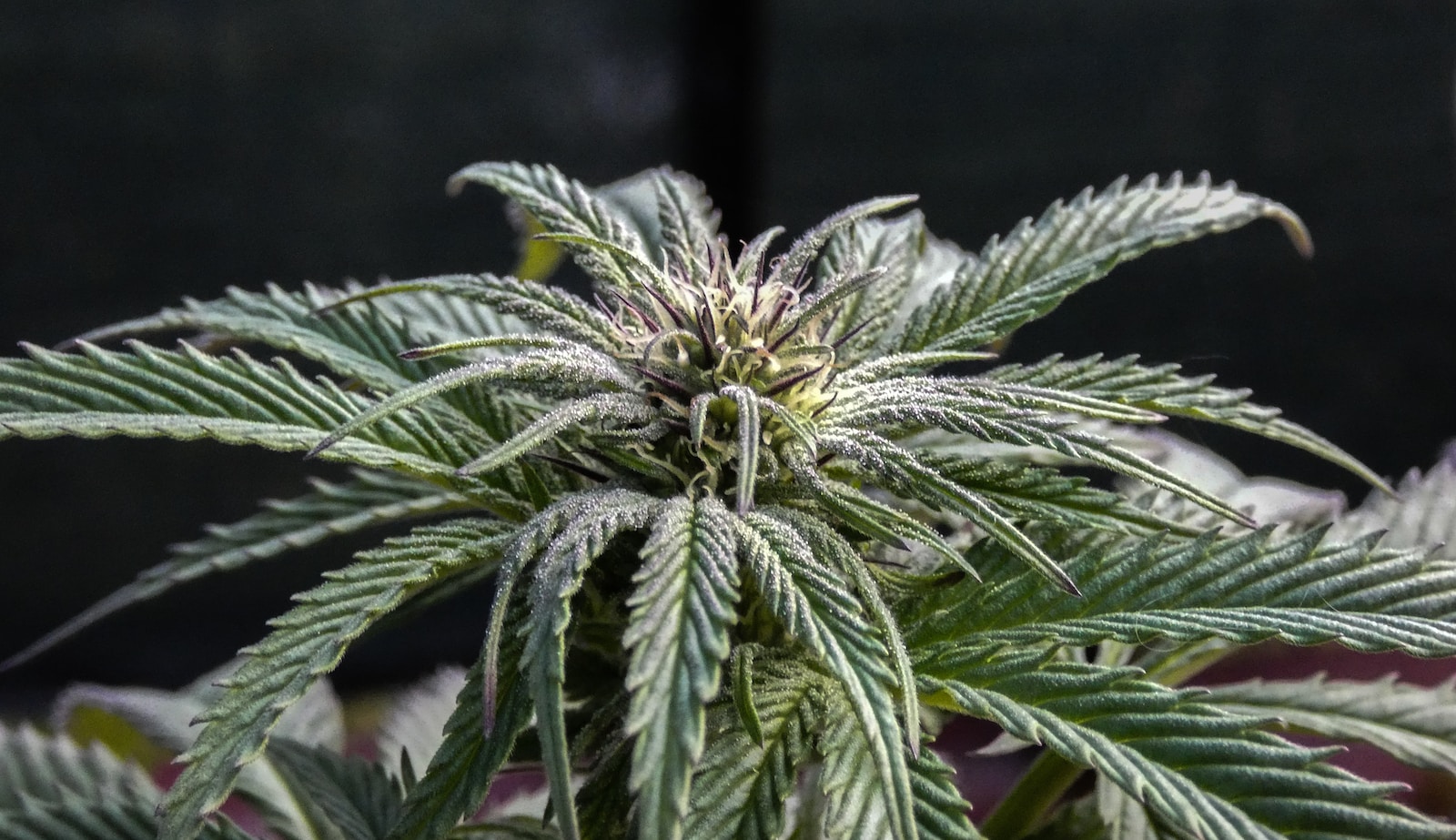Transplanting cannabis is a crucial skill for any serious cultivator. Whether you’re a seasoned grower or just starting, mastering this process can make the difference between a bountiful harvest and a disappointing one. In this comprehensive guide, we’ll take you through every aspect of how to transplant cannabis successfully.
Understanding Transplanting
Transplanting is the act of moving a cannabis seedling from one container to another or from an indoor environment to an outdoor one. But why is it so important? Transplanting allows your cannabis plants to establish stronger root systems and access more nutrients.

Preparing Your Workspace
Before diving into transplanting, set up your workspace. Ensure you have all the necessary tools and materials at hand. Having everything ready will make the process smoother and less stressful for both you and your plants.
Selecting the Right Time
Timing is critical when transplanting cannabis. Identify the perfect stage in your plant’s growth cycle to ensure a seamless transition.
Preparing the Cannabis Seedling
Choose the healthiest seedling for transplanting and make sure it’s properly nourished to withstand the move.
Choosing the Perfect Spot
Find the ideal location for your cannabis plants. Factors like light, wind, and soil quality play a significant role in their success.
Digging the Hole
Learn how to dig the right-sized hole for your seedling and amend the soil for optimal growth.
Transplanting Process
Master the gentle art of removing the seedling from its current pot and placing it into the prepared hole without causing stress.
Watering and Care
Provide your transplanted cannabis with the right amount of hydration and monitor for signs of stress.
Post-Transplant Maintenance
Explore fertilization techniques and ways to maintain a balanced nutrient profile. Protect your plants from pests and diseases.
Managing Environmental Factors
Control the environment to ensure your cannabis thrives. Learn how to manage light, humidity, and temperature effectively.

Common Mistakes to Avoid
Discover the common pitfalls in the transplanting process and how to steer clear of them.
Troubleshooting Issues
Address issues like wilting or yellowing leaves with expert tips and solutions.
Harvesting Your Cannabis
Know when it’s time to reap the rewards of your hard work.
Frequently Asked Questions
How often should I water my transplanted cannabis seedling?
Proper watering is crucial for the success of your transplanted cannabis. Initially, water the seedling thoroughly immediately after transplanting. After that, water when the top inch of the soil feels dry to the touch. The frequency may vary depending on factors like temperature and humidity. Always aim for a balance, ensuring the soil is moist but not waterlogged.
Can I use tap water for watering my cannabis seedlings?
While tap water can be used, it’s essential to check its quality. Tap water may contain chlorine or other chemicals that can harm your cannabis plants. If your tap water is treated, consider using a water filter or letting the water sit for 24 hours to allow chlorine to dissipate. Alternatively, using distilled or filtered water is a safer option.
Is it necessary to transplant my cannabis plants, or can I let them grow in the same container throughout their life?
While it’s possible to grow cannabis in a single container throughout its life, transplanting offers several advantages. Transplanting allows the plant to develop a robust root system and access more nutrients. It also helps prevent overgrowth and root-bound issues. To maximize your cannabis plant’s health and yield, it’s recommended to transplant at least once during its growth cycle.
What should I do if my transplanted cannabis seedling shows signs of stress or wilting?
If your seedling exhibits signs of stress, such as wilting or drooping leaves, act promptly. Check the moisture level of the soil and water appropriately. Ensure the plant is receiving the right amount of light and maintain proper environmental conditions. Sometimes, a mild nutrient imbalance could cause stress, so consider adjusting your feeding schedule if necessary. If problems persist, consult an experienced grower for guidance.
Can I transplant my cannabis plants directly into my outdoor garden soil?
Transplanting cannabis directly into outdoor garden soil is possible, but it’s essential to prepare the garden bed properly. Test the soil for pH and nutrient levels, and amend it if needed. Cannabis prefers well-draining, nutrient-rich soil with a pH level between 6 and 7. Additionally, ensure the outdoor environment provides suitable lighting conditions and protection from pests.
What is the best time of day to transplant cannabis seedlings?
The best time to transplant cannabis seedlings is during the cooler hours of the day, either early in the morning or late in the afternoon. This minimizes stress on the plants as they won’t be exposed to intense midday heat. If transplanting indoors, you have more flexibility and can transplant at any time, ensuring the conditions are stable.
Conclusion
In this guide, we’ve covered every aspect of how to transplant cannabis successfully. By following these steps, you’ll ensure healthier plants and a more abundant harvest.


















+ There are no comments
Add yours